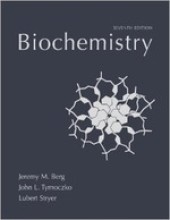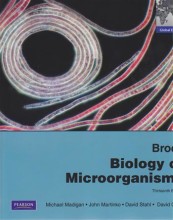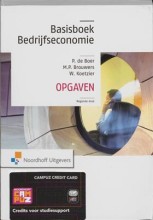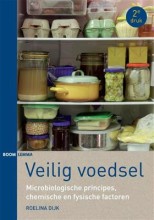Samenvatting: Food Chemistry | Diederen
- Deze + 400k samenvattingen
- Een unieke studie- en oefentool
- Nooit meer iets twee keer studeren
- Haal de cijfers waar je op hoopt
- 100% zeker alles onthouden
Lees hier de samenvatting en de meest belangrijke oefenvragen van Food Chemistry | Diederen
-
1 Carbohydrates
-
1.2.1.1 Aldehyde and ketone
-
Hoe teken je een aldehyde?
O=C-H -
Hoe teken je ketones?
O=C-R -
Hoe heet een aldehyde monosacharide met 6 koolstofatomen en met 5?
aldohexose en aldopentose -
Hoe heet een ketose monosacharide met 6 koolsotfatomen en met 5?
ketohexose en ketopentose -
1.2.1.2 Isomers
Dit is een preview. Er zijn 6 andere flashcards beschikbaar voor hoofdstuk 1.2.1.2
Laat hier meer flashcards zien -
Wat is een cycli hemiacetal?
een ring waarbij een O naast de een C met een OH zit. -
Hoe heet een suiker met een ring van 6 C atomen?
Pyranose -
Wat is het verschil tussen een alfa en beta anomers?
Na de gebonden O zit de OH groep bij alfa omlaag en bij beta omhoog. -
Waarom worden suikers met een C=O groep reducing sugar genoemd?
Omdat ze reducuctor zijn. Ze kunnen elektronen doneren. -
Wat is het gevolg van het feit dat suikers reductors zijn?
caramelization en de maillard reaction -
1.2.1.3.1 glucose
Dit is een preview. Er zijn 5 andere flashcards beschikbaar voor hoofdstuk 1.2.1.3.1
Laat hier meer flashcards zien -
Wat is mutarotation van een glucose molecuul?
het van de alfa naar de beta vorm verwisselen
- Hogere cijfers + sneller leren
- Niets twee keer studeren
- 100% zeker alles onthouden
Onderwerpen gerelateerd aan Samenvatting: Food Chemistry
-
Monosaccharides - examples of monosaccharides - fructose
-
Monosaccharides - examples of monosaccharides - mannose, galactose, xylose and arbinose
-
Carbohydrates - Classification of carbohydrates - Oligosaccharides
-
Carbohydrates - Classification of carbohydrates - Glycosides
-
Classification of carbohydrates - Polysaccharides - Classification of polysaccharides
-
Carbohydrates - Classification of carbohydrates - L-Ascorbic Acid (vitamin C)
-
Carbohydrates - Properties of Carbohydrates in foods - Water binding
-
Carbohydrates - Properties of Carbohydrates in foods - Sweetness
-
Carbohydrates - Properties of Carbohydrates in foods - Viscosity and Gelling
-
Carbohydrates - Chemical reactions of carbohydrates in foods - Starch
-
Carbohydrates - Analysis of carbohydrates - Pectin
-
Analysis of carbohydrates - Starch - Starch gelatinisation
-
Analysis of carbohydrates - Starch - Chemical starch modification
-
Proteins - Amino acids
-
Proteins - Peptides
-
Proteins - Structural forces in protein folding and stability
-
Proteins - Protein classification
-
Proteins - Chemical reactions of amino acids and of proteins - Chemical reactivity of amino acids
-
Proteins - Chemical reactions of amino acids and of proteins - Chemical reactivity of proteins
-
Proteins - Roles of proteins, peptides and amino acids in food
-
Proteins - Analysis of proteins - Nitrogen determination
-
Lipids - Classification of lipids - Fatty acids
-
Lipids - Classification of lipids - Fatty acid composition of fats from different sources
-
Classification of lipids - Unsaponifiable compounds - Sterols
-
Classification of lipids - Unsaponifiable compounds - Chlorophyll
-
Lipids - Melting properties of lipids
-
Lipids - Chemical reaction of oils and fats
-
Lipids - Refining and processing of lipids - Isolation
-
Enzymes - Introduction and learning goals
-
Enzymes - Carbohydrate acting enzymes
-
Enzymes - Lyases - Classification
-
Enzymes - Lyases - Aplication
-
Enzymes - Isomerases - Lipoxygenase
-
Phenolic compounds - Classes of phenolic compounds - Flavonoids
-
Phenolic compounds - Enzymatic browning - Polyphenoloxidase reaction
-
Phenolic compounds - Protein-phenolic compound complex formation - introduction































